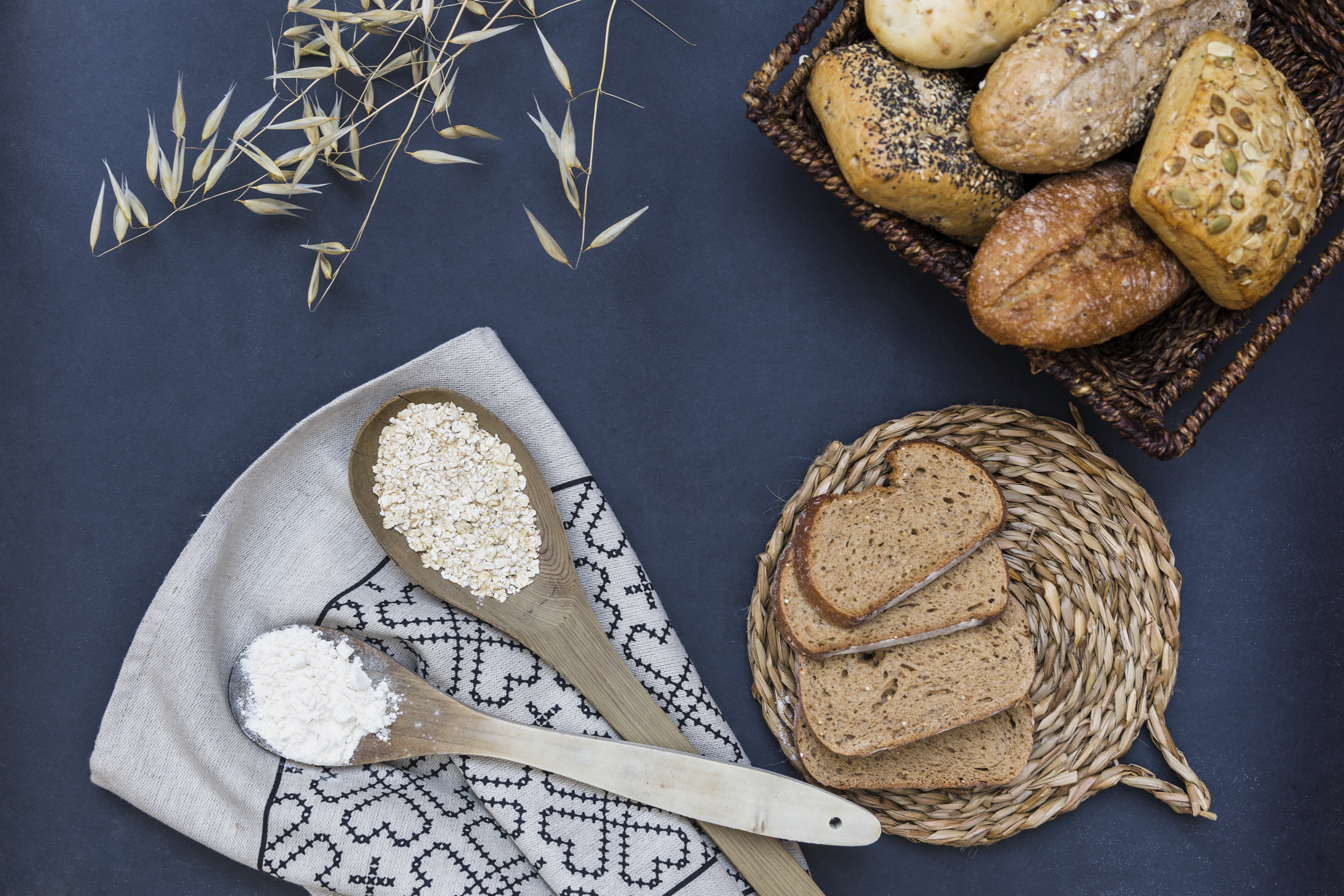
Adopting a gluten-free lifestyle means eliminating gluten from your diet. Gluten is a protein found in wheat, barley, rye, and some other grains. People choose to follow a gluten-free diet for various reasons, such as managing celiac disease, gluten sensitivity, or other health conditions, or simply as a personal preference.
If you're considering take on board a gluten-free lifestyle, here are some steps to help you get started:
- Educate yourself: Learn about the foods that contain gluten and those that are naturally gluten-free. Common gluten-containing foods include bread, pasta, cereal, cookies, and cakes. Gluten can also be found in less obvious sources like sauces, soups, and processed foods. On the other hand, gluten-free foods include fruits, vegetables, meat, fish, dairy, legumes, nuts, and gluten-free grains like rice, corn, quinoa, and oats (make sure the oats are specifically labeled gluten-free).
- Read food labels: Start reading ingredient labels carefully to identify gluten-containing ingredients. Look for terms like wheat, barley, rye, malt, and their derivatives. Many food products are now labeled as gluten-free, making it easier to identify suitable options.
- Plan your meals: Create a meal plan that focuses on naturally gluten-free foods. Include a variety of fruits, vegetables, lean proteins, gluten-free grains, and healthy fats. There are numerous resources available, including cookbooks, websites, and mobile apps, that can provide you with gluten-free recipes and meal ideas.
- Be cautious when dining out: When eating at restaurants, communicate your dietary needs to the server or chef. Ask about gluten-free options and how food is prepared. Cross-contamination can occur if gluten-free food comes into contact with gluten-containing ingredients or surfaces, so it's essential to ensure proper food handling. Carry a dine in card or talk to the chef.
- Find gluten-free alternatives: Many gluten-free alternatives are available in stores, such as gluten-free bread, pasta, and flour. Experiment with different brands to find the ones you enjoy. Keep in mind that some gluten-free products may be heavily processed and may not provide the same nutritional value as their gluten-containing counterparts, so it's still important to focus on whole, unprocessed foods.
- Stay vigilant and patient: Gluten can hide in unexpected places, so it's crucial to remain vigilant when it comes to reading labels and checking ingredients. Adjusting to a gluten-free lifestyle may take time and effort, so be patient with yourself as you navigate this new way of eating. Talk to like-minded people.
- Consult a healthcare professional: If you suspect you have celiac disease or gluten sensitivity, it's important to consult with a healthcare professional for proper diagnosis and guidance. They can provide you with personalized advice and support.
Remember, adopting a gluten-free lifestyle requires careful attention to your dietary choices and learning to navigate food options effectively. If you're uncertain about certain foods or have specific health concerns, it's always best to consult with a healthcare professional or a registered dietitian who specializes in gluten-free diets.

Comments